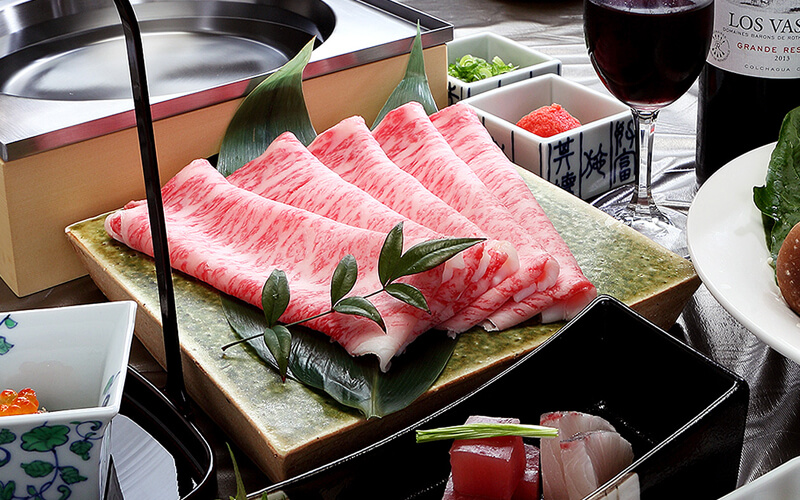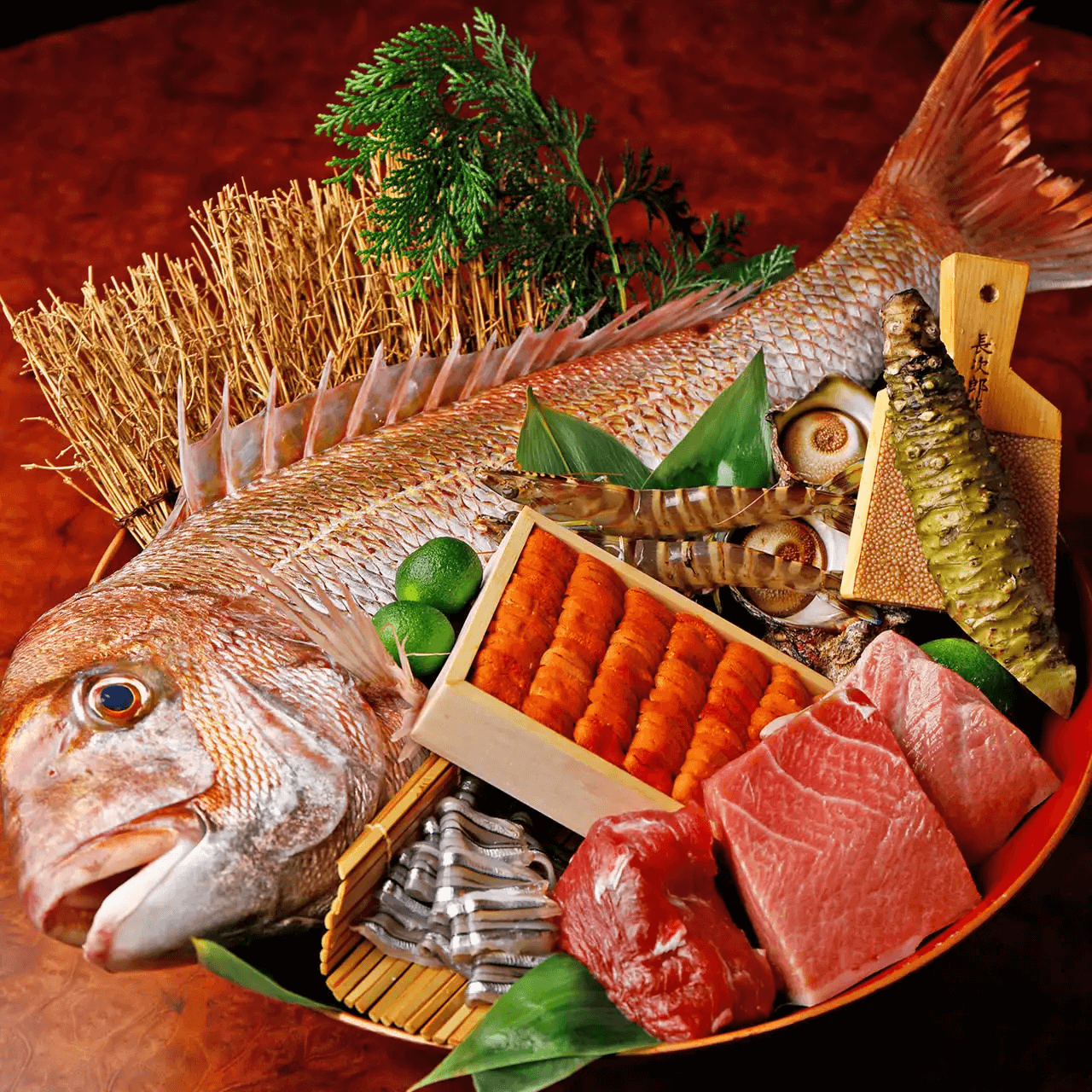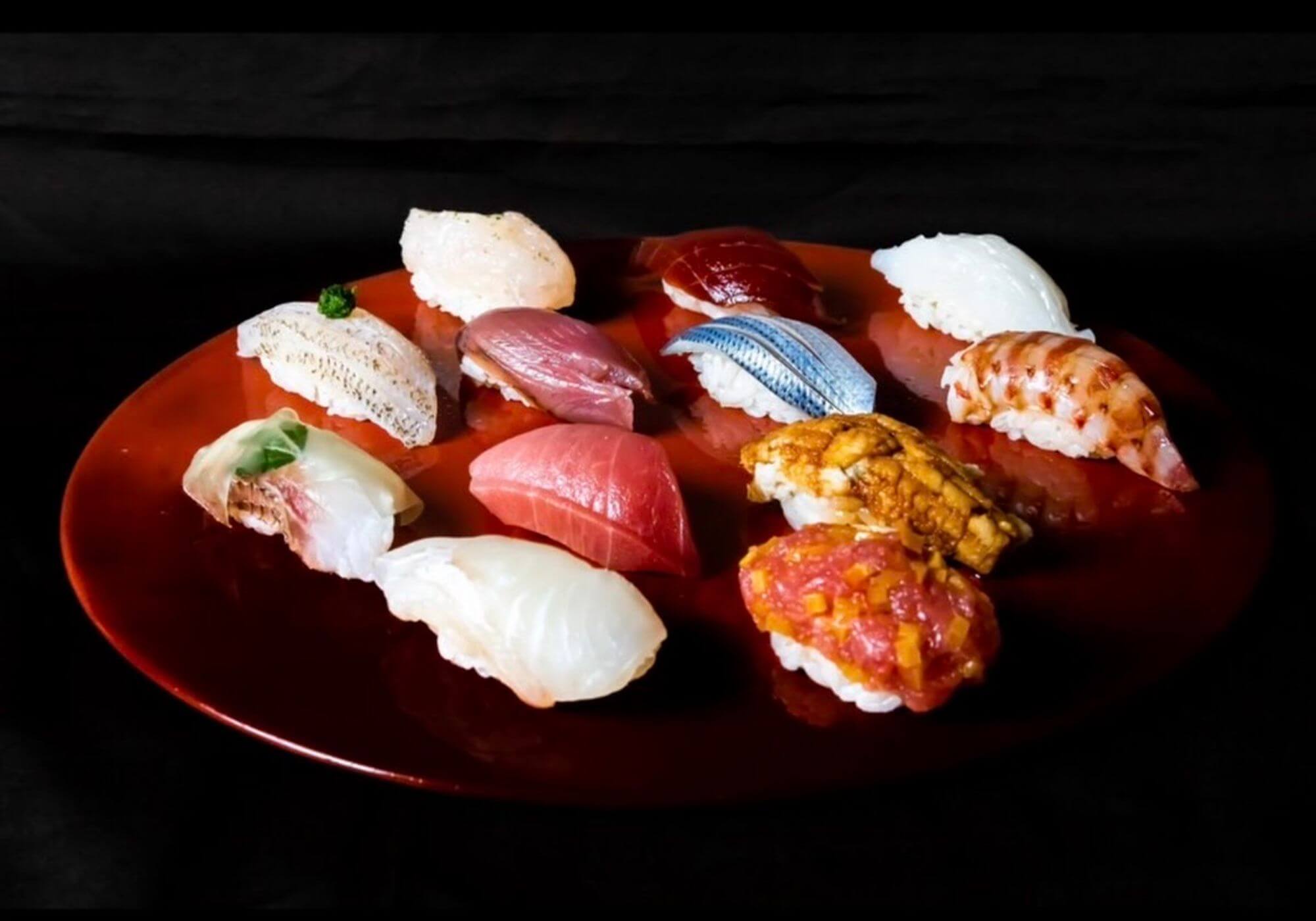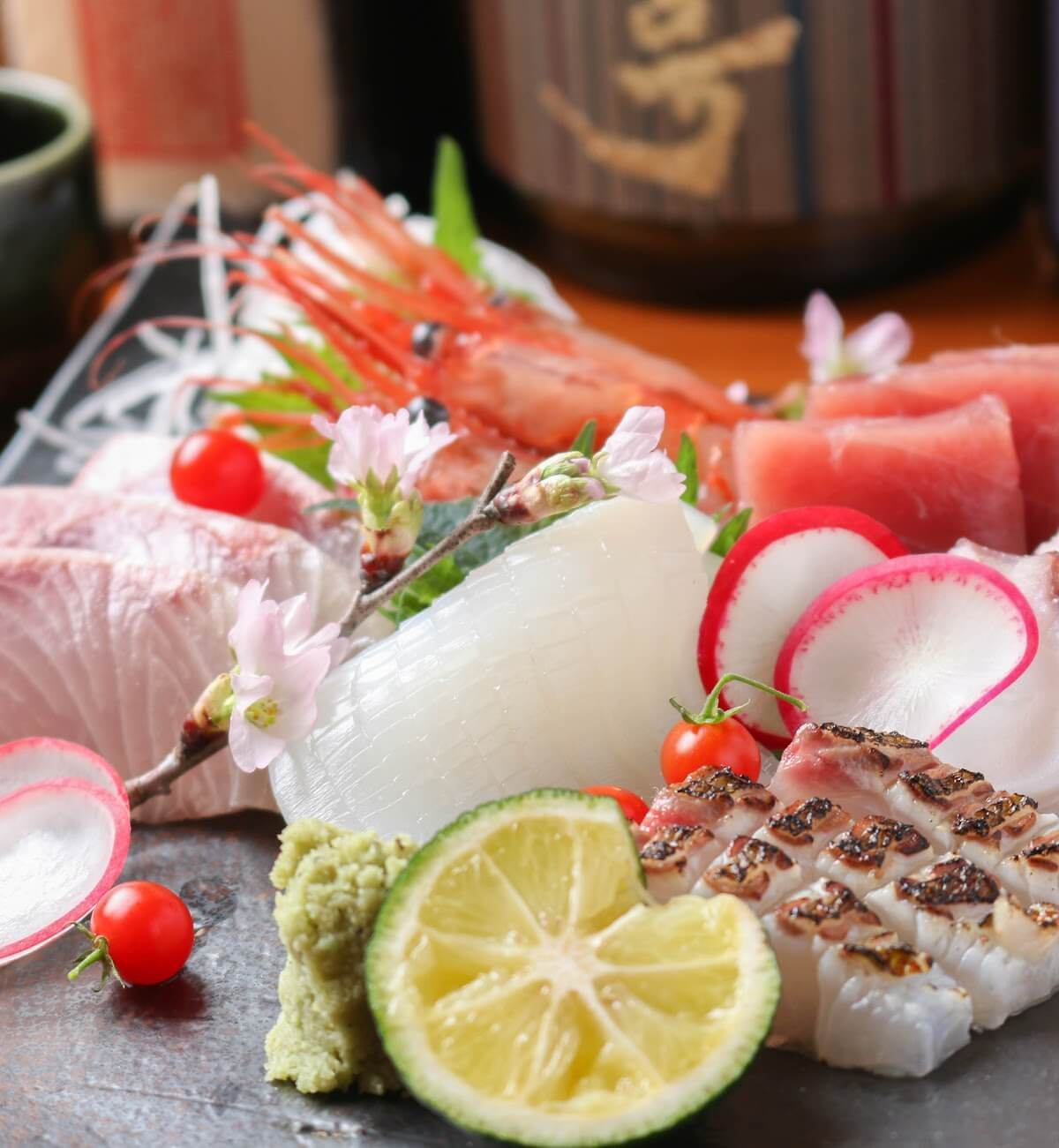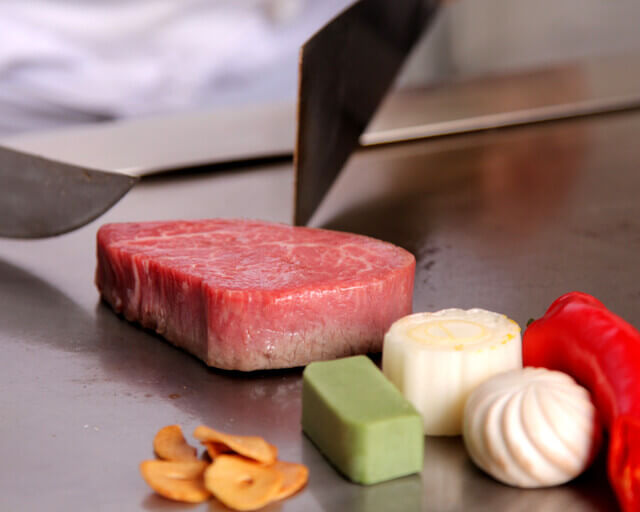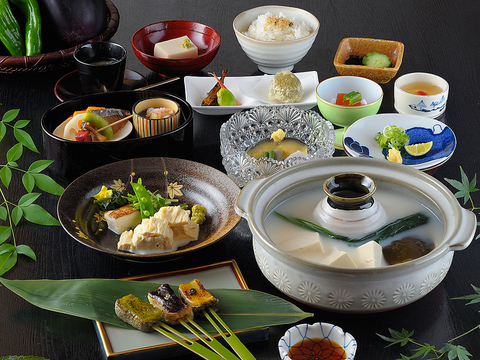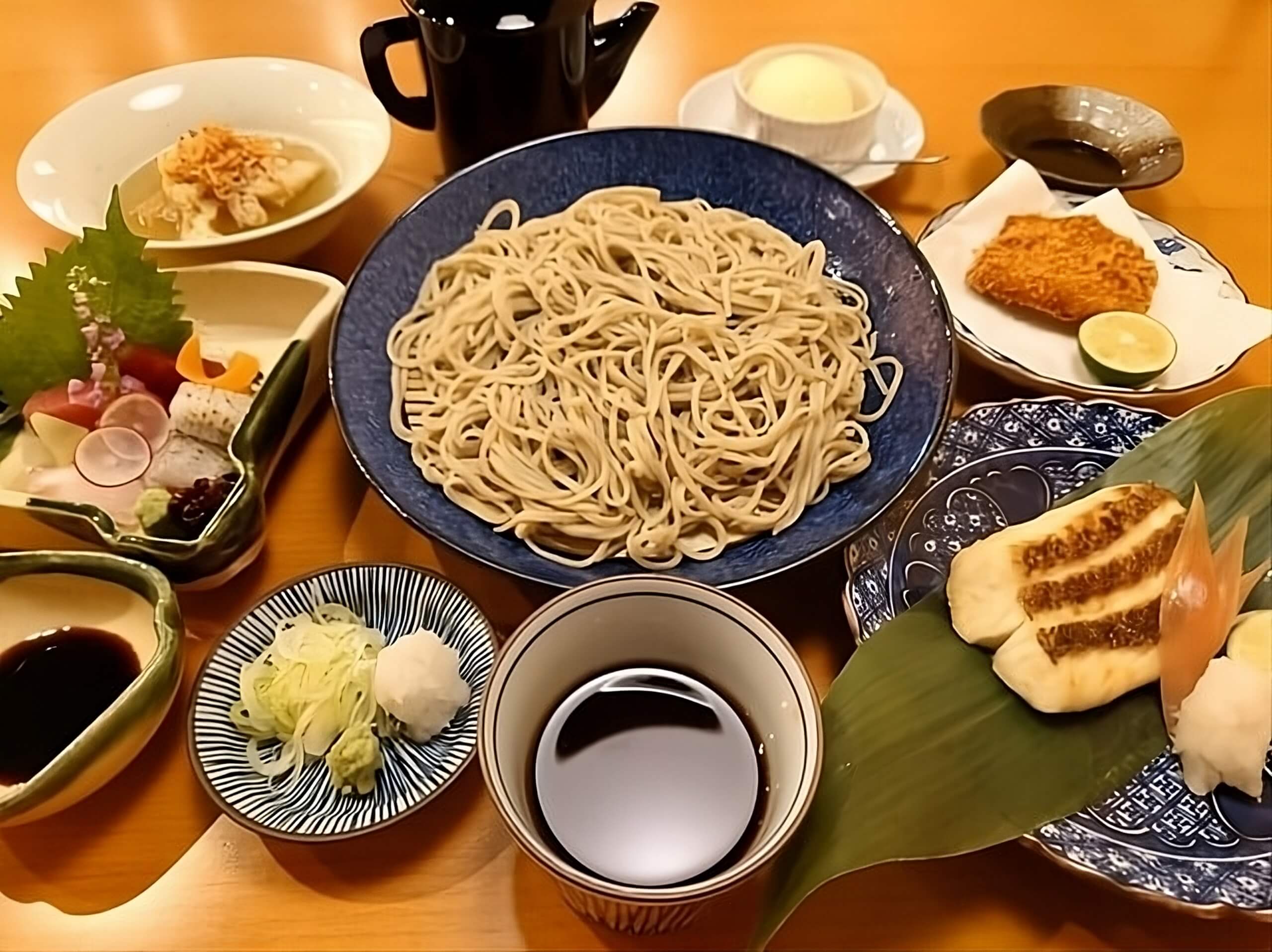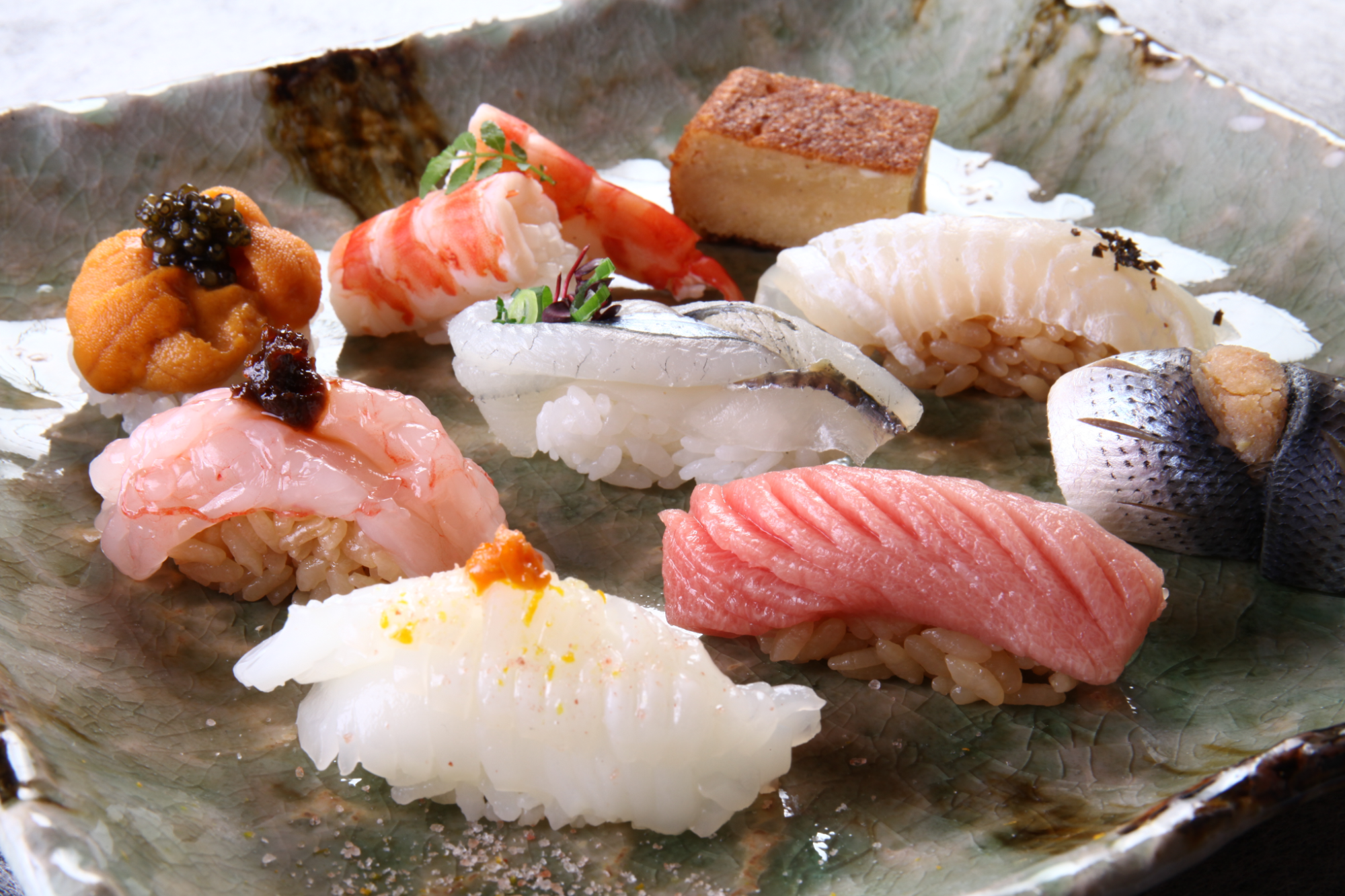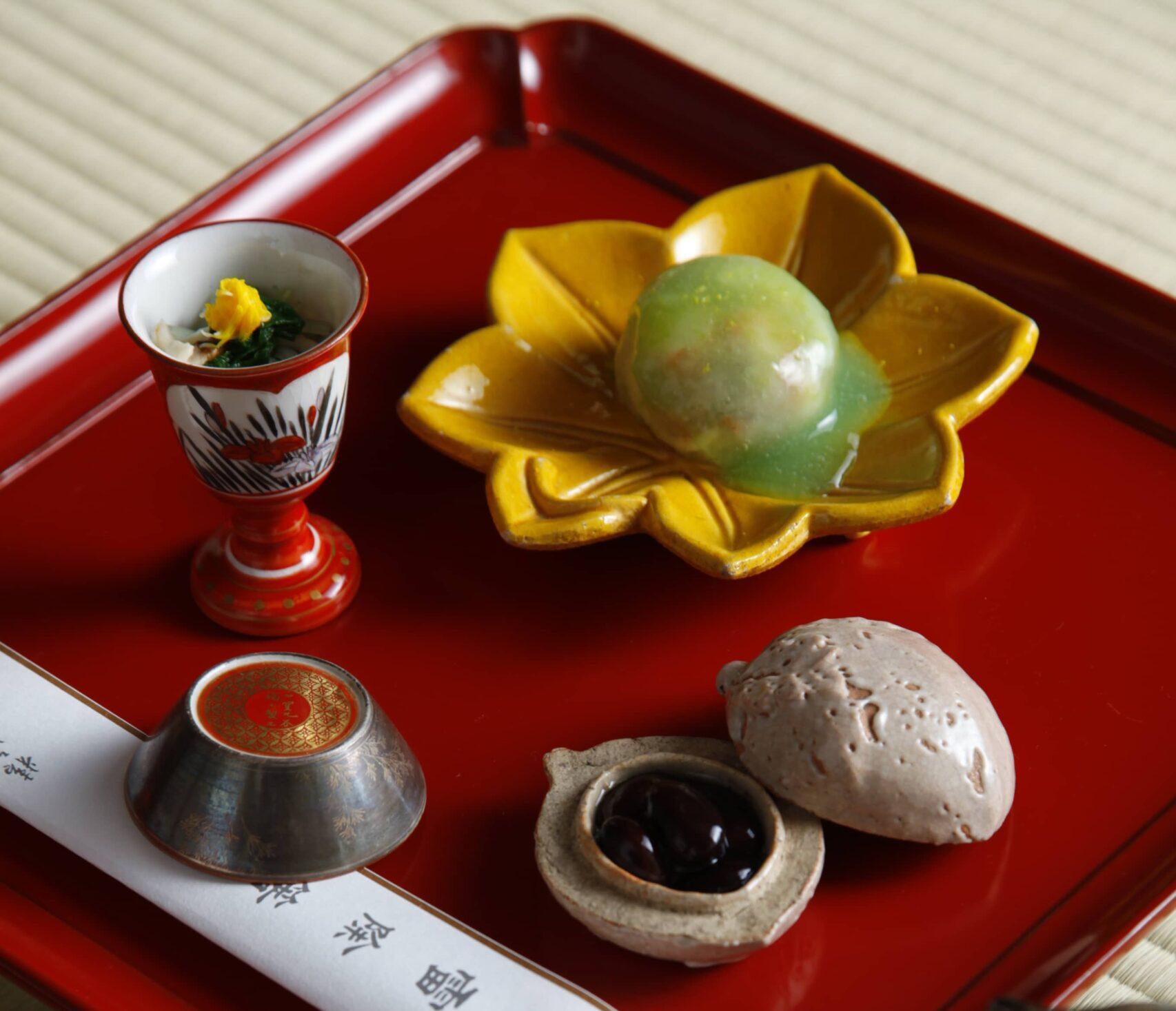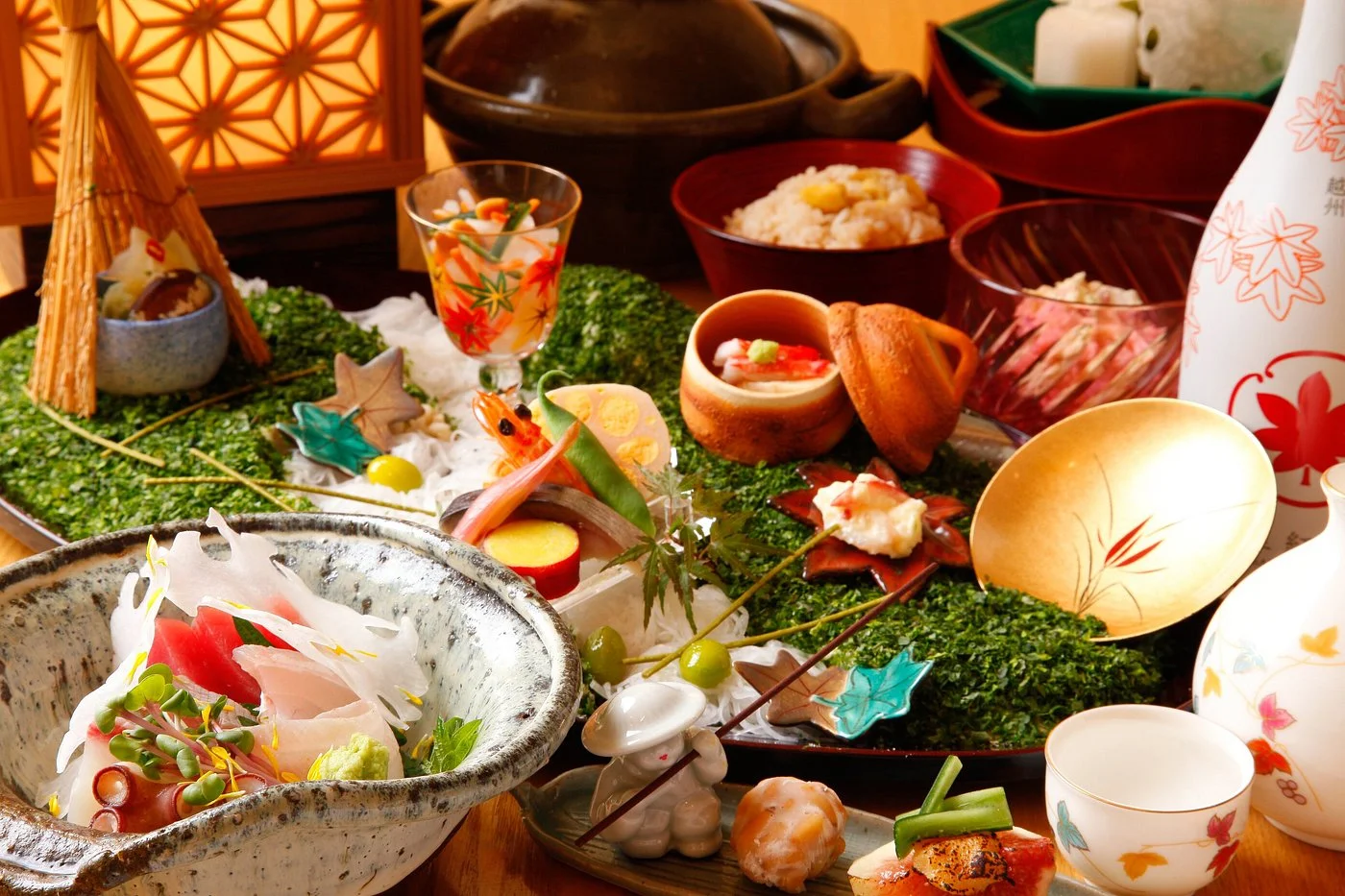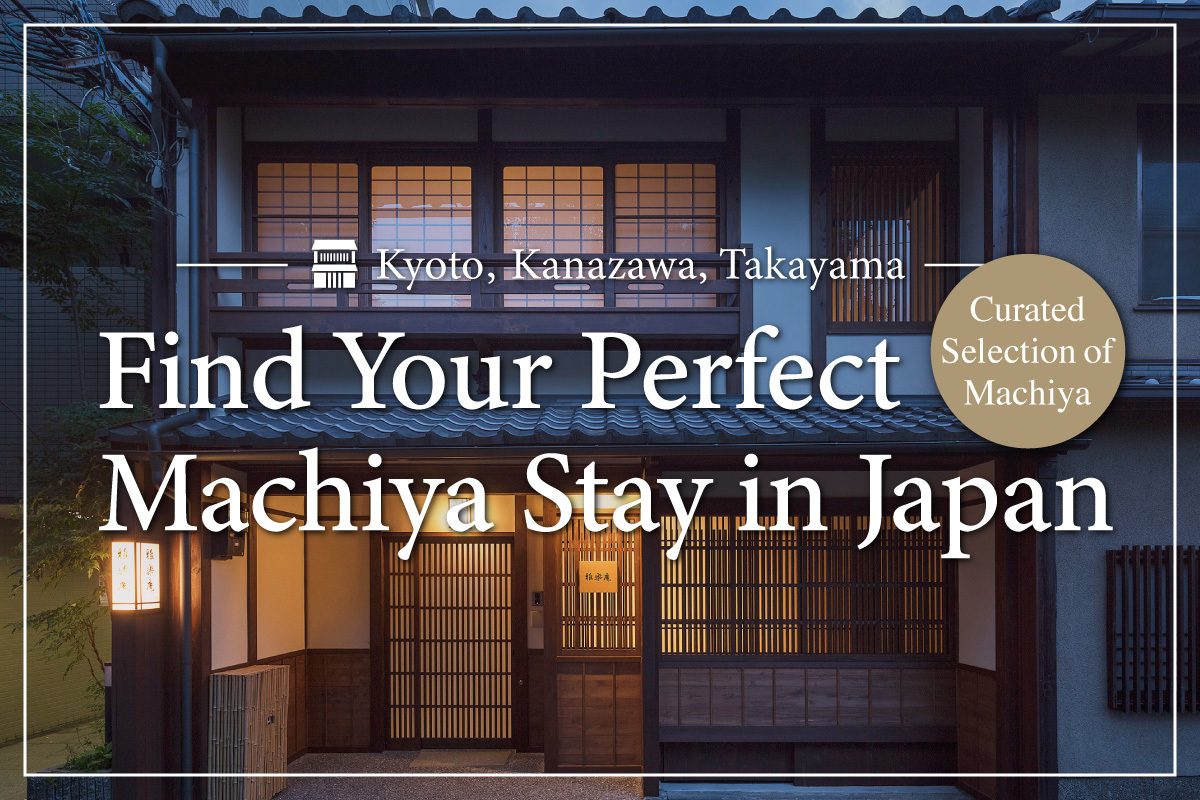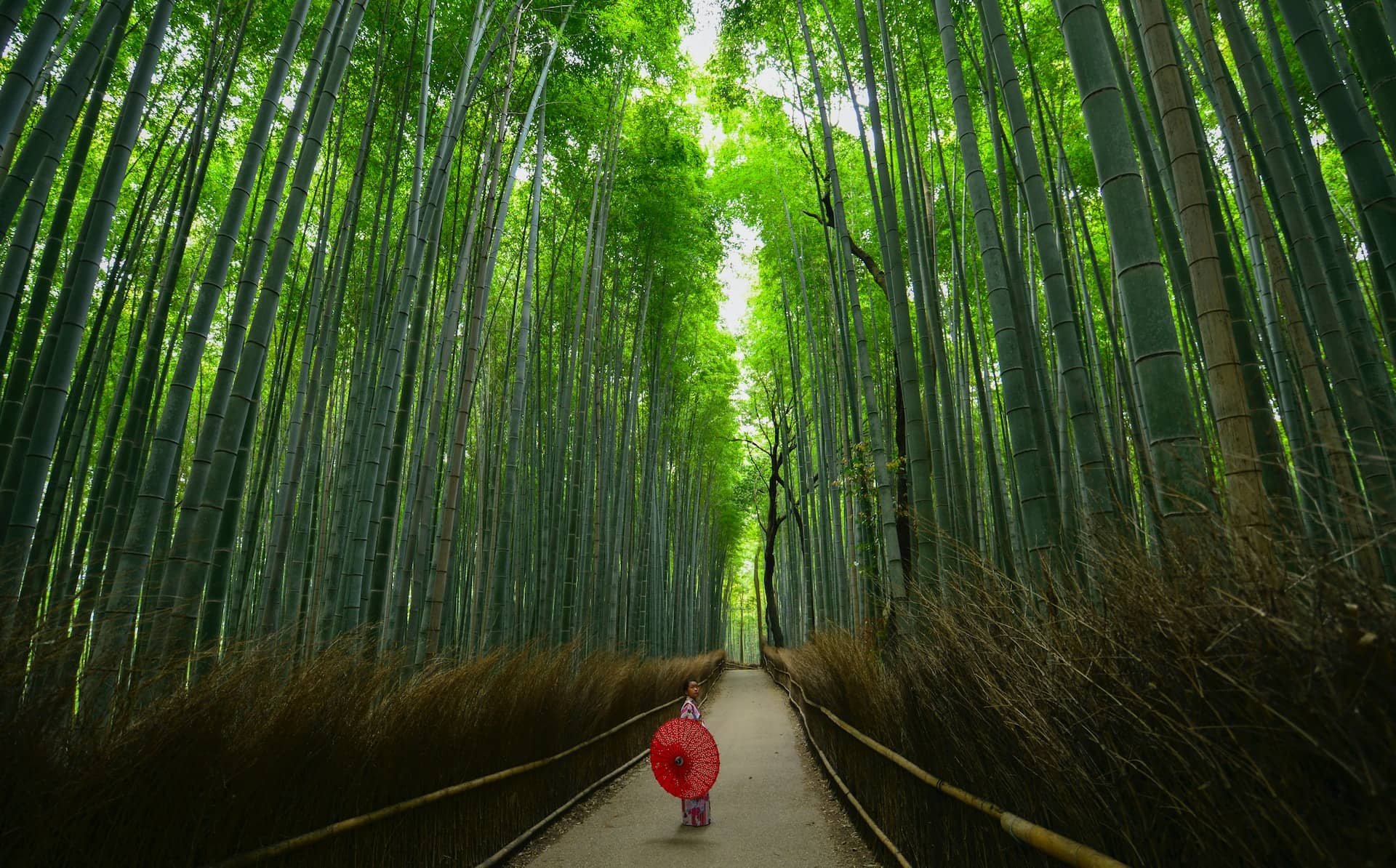
Visiting Kyoto in the summer is a must for anyone looking for a blend of history, culture, and natural beauty. From its stunning temples and shrines to its delicious food and outdoor activities, you’re sure to have a memorable experience.
Often referred to as the cultural capital of Japan, Kyoto was the imperial capital of Japan for over 1000 years and is home to thousands of temples and shrines.
Visitors can find many things to do in Kyoto as the city is home to a wide range of historical sites, museums, and cultural activities, as well as trendy cafes, restaurants, and bars.
Keep reading to find out what the local staff from MACHIYA INNS & HOTELS recommend when visiting Kyoto!
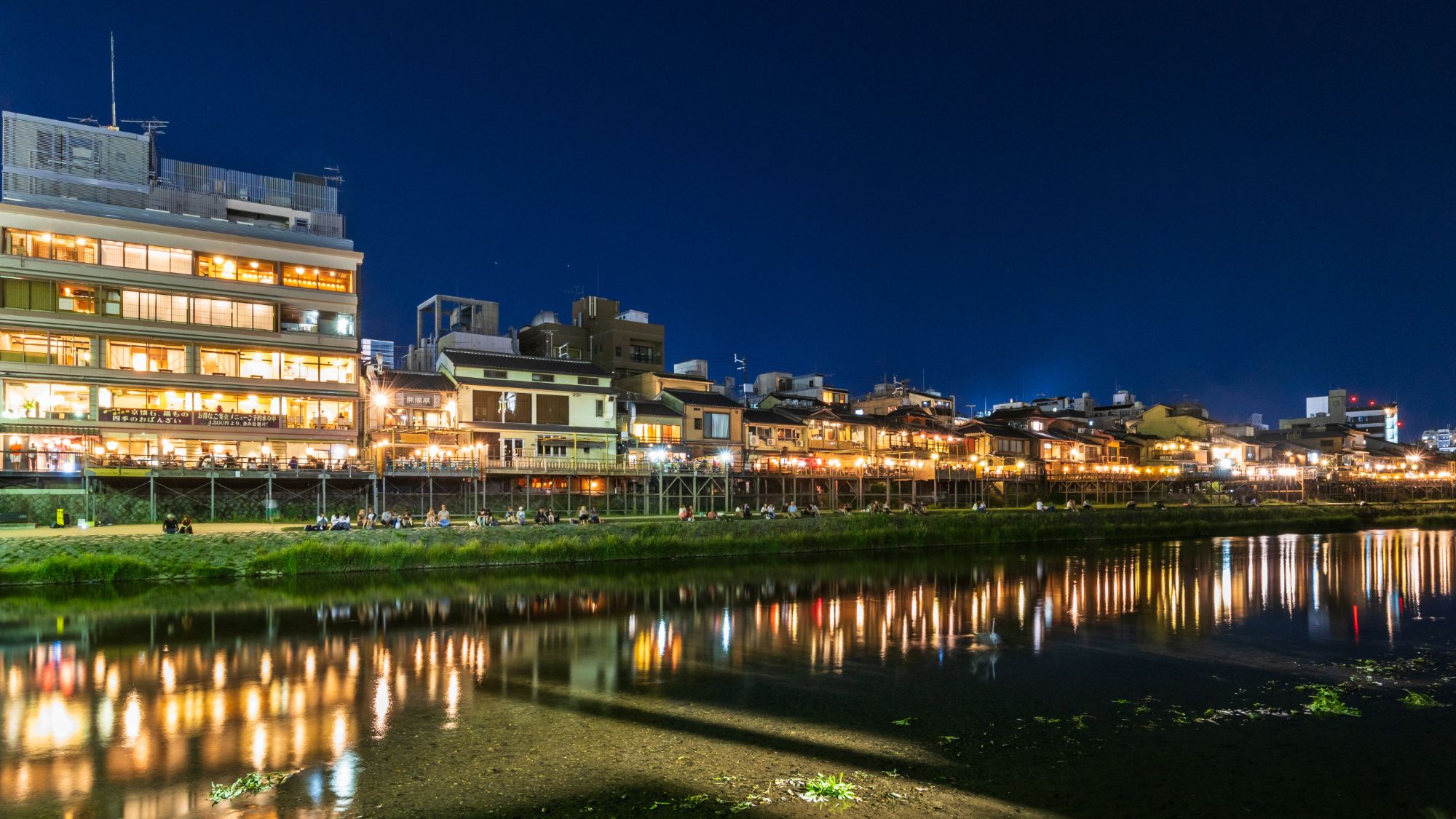
Summer in Japan is hot.
That’s why our first recommendation for things to do in Kyoto is to take part in a “kawadoko” dining experience. “Kawadoko” is a traditional Japanese dining experience where you eat on wooden platforms that have been built alongside or sometimes over a river. The rush of water flowing just beneath or next to you will cool you down immediately, no matter how hot the day is.
What’s more, the food just tastes better when it’s eaten outdoors! Dining this way is a great way to enjoy a meal while cooling off and listening to the sound of the water flowing around you.
Many restaurants in the city offer Kawadoko dining, but one of the most well-known ones is in the small village of Kibune, located in the northern part of Kyoto.
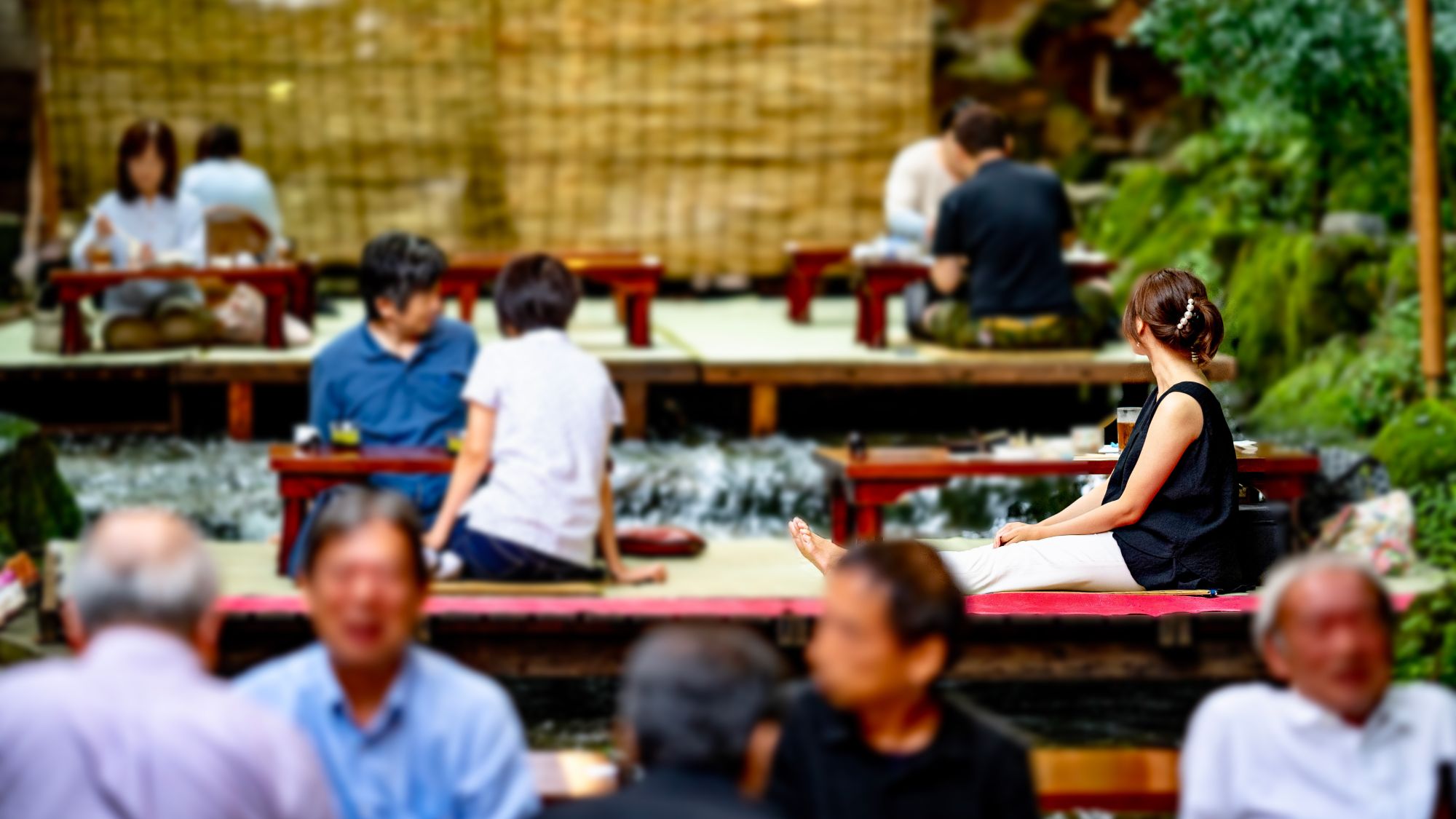
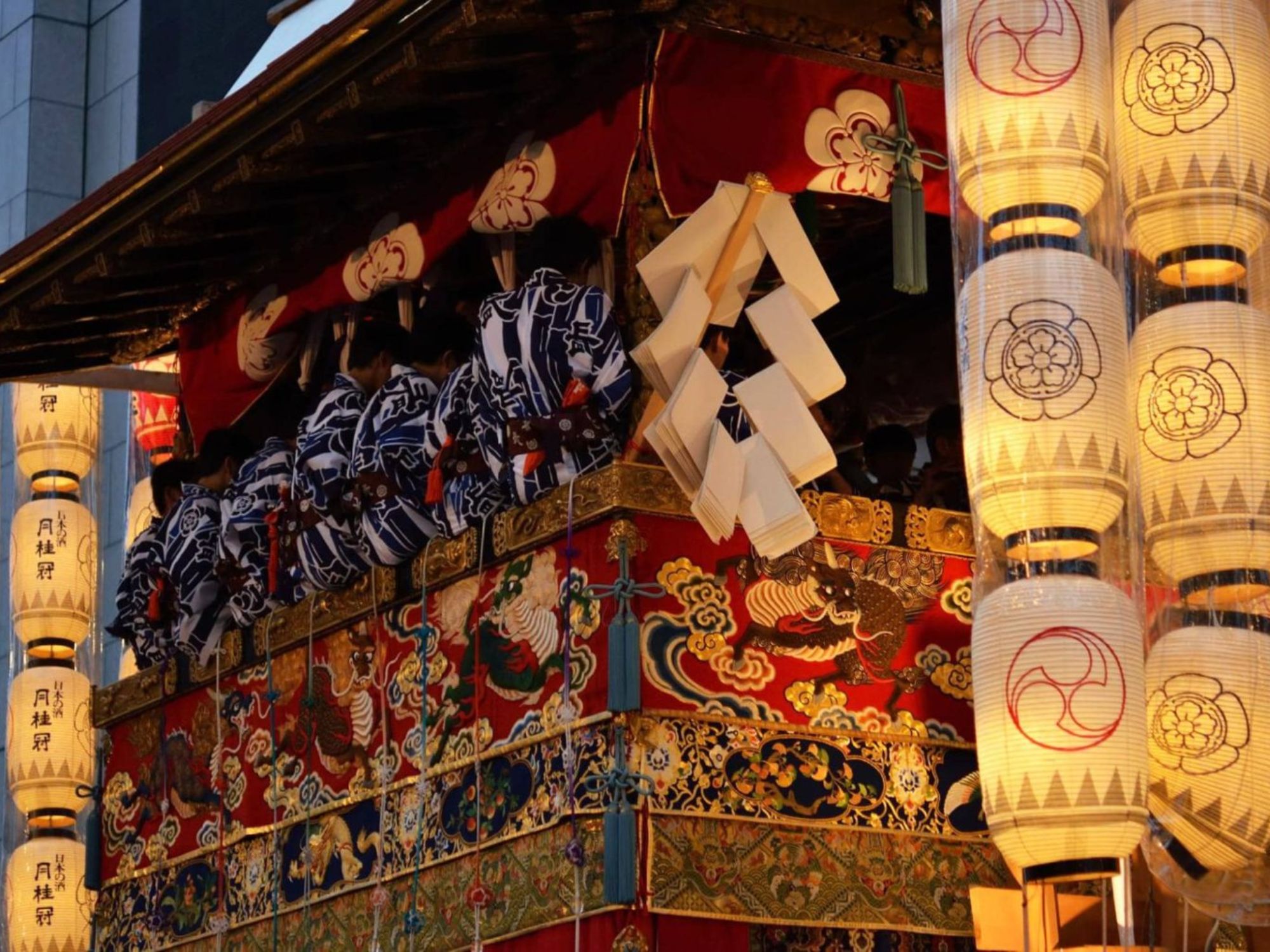
Summer in Japan is well known for its many festivals and one of the largest and most famous is the Gion Matsuri Festival in Kyoto city.
This festival, which takes place during the entire month of July, features a parade of colorful floats, traditional music, dance performances, and a variety of street food and craft vendors.
Many events take place during the month, but the highlight of the festival is the Yamahoko Junko, a procession of beautifully decorated floats that are pulled through the streets of Kyoto.
Make sure to try out all the local food stalls selling traditional Japanese foods such as yakitori, takoyaki, and okonomiyaki as you watch the parade go by. Take a look at this article if you want to learn more about the history behind the Gion Matsuri Festival, and the best events to take part in!
See our recommended accommodations in Kyoto: MACHIYA RESIDENCE INN KYOTO
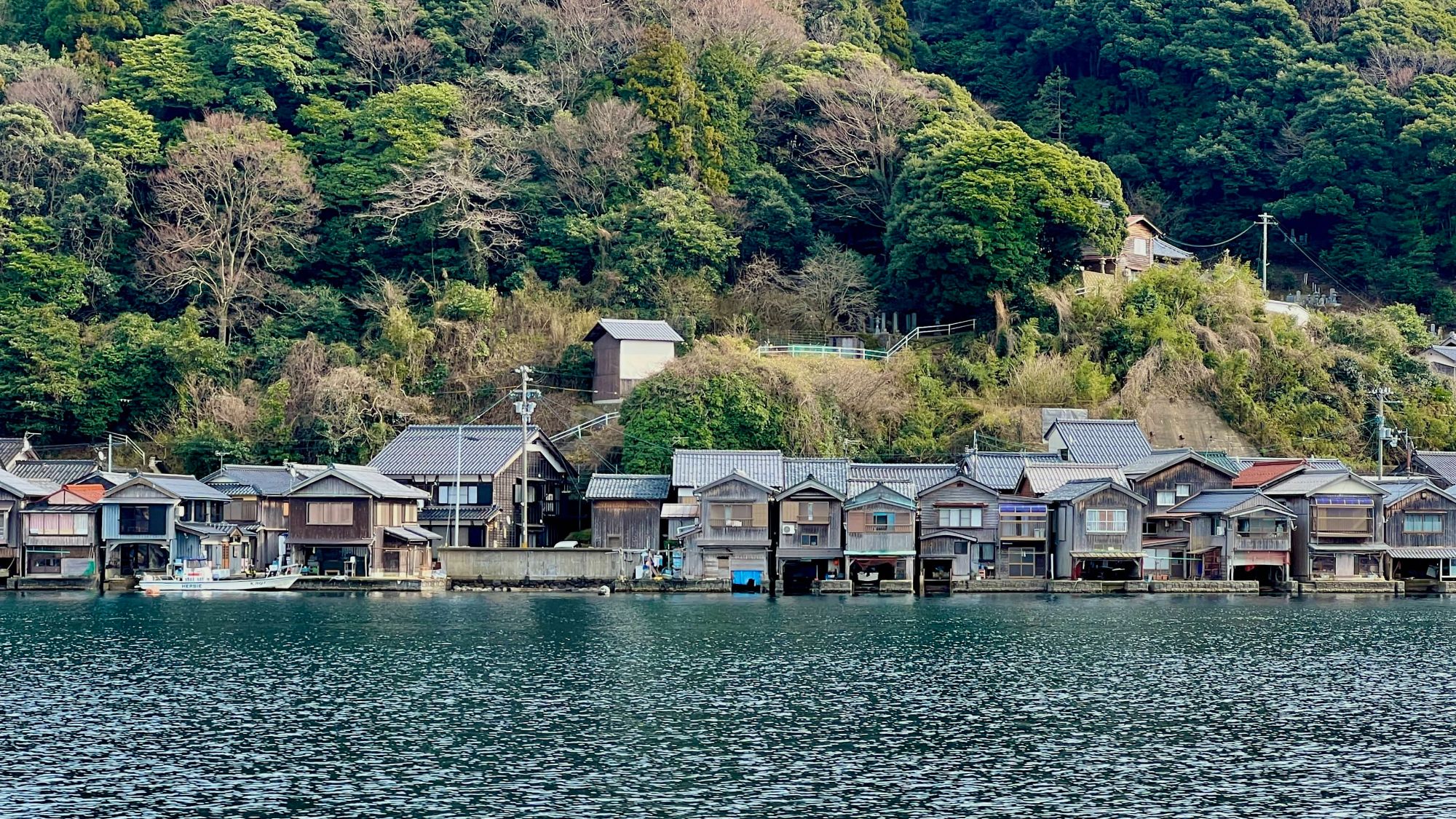
For a more rural experience, a day trip to Ine City is a must. Located in the north-eastern part of Kyoto Prefecture, Ine City is known for its history as a fishing village and traditional thatched- roof houses, known as funaya.
Today, many of the funaya houses have been converted into guesthouses and restaurants, providing visitors with a unique experience of life in a traditional Japanese village. From Kyoto city, it will take about 3 hours to arrive in Ine (train + bus). Although it is a little bit of a trek from the center of Kyoto city, it will be well worth it. On sunny days, you’ll be greeted by a view of clear, blue oceans. We recommend jumping on a boat tour (about 2000 yen/per person), and they’ll take you on a 30 min. tour around the coast to get a great view of the funaya houses.
Ine City also offers a number of scenic hiking trails around the local area and is a great place to relax and enjoy the natural beauty of Kyoto.
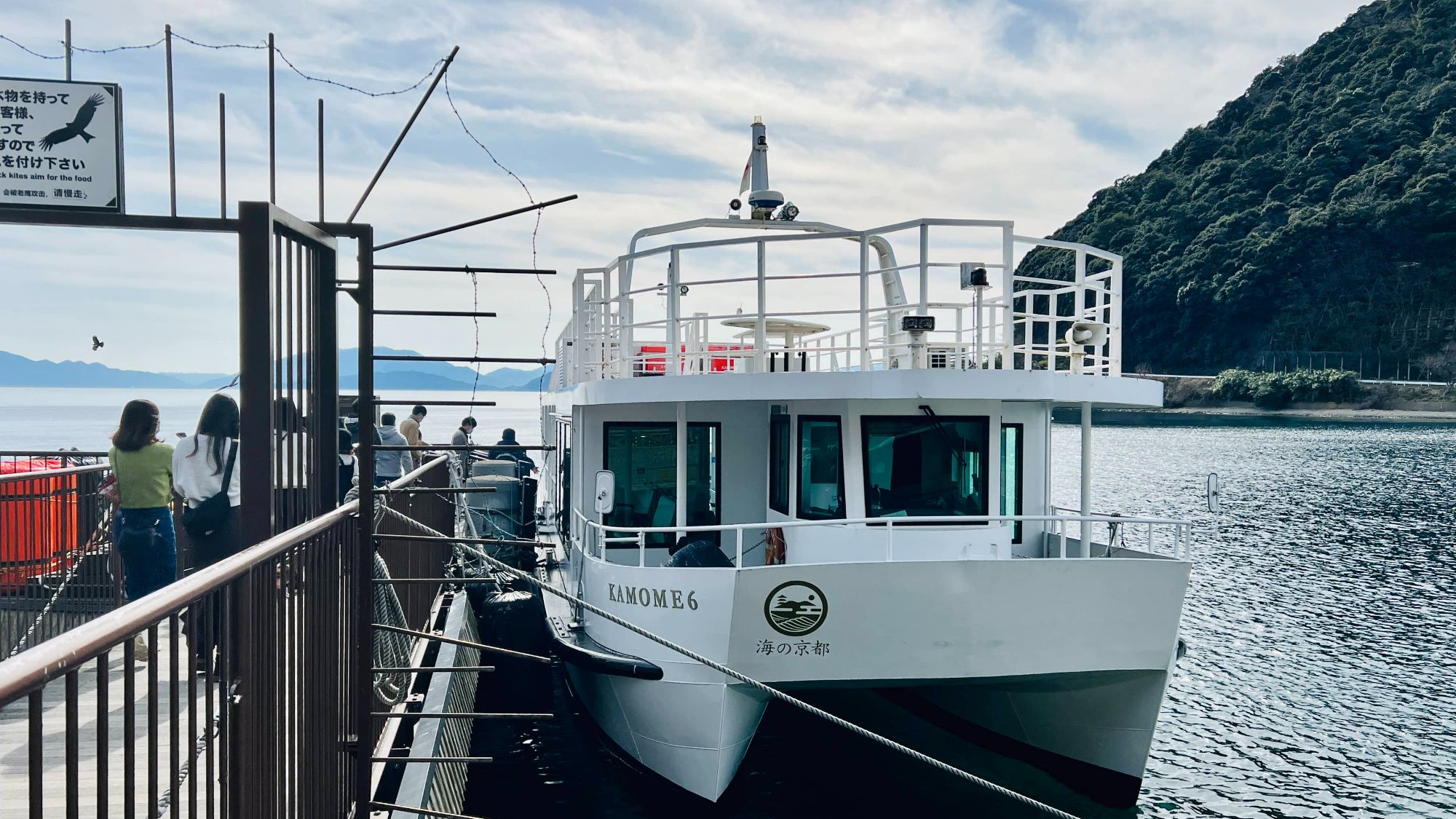
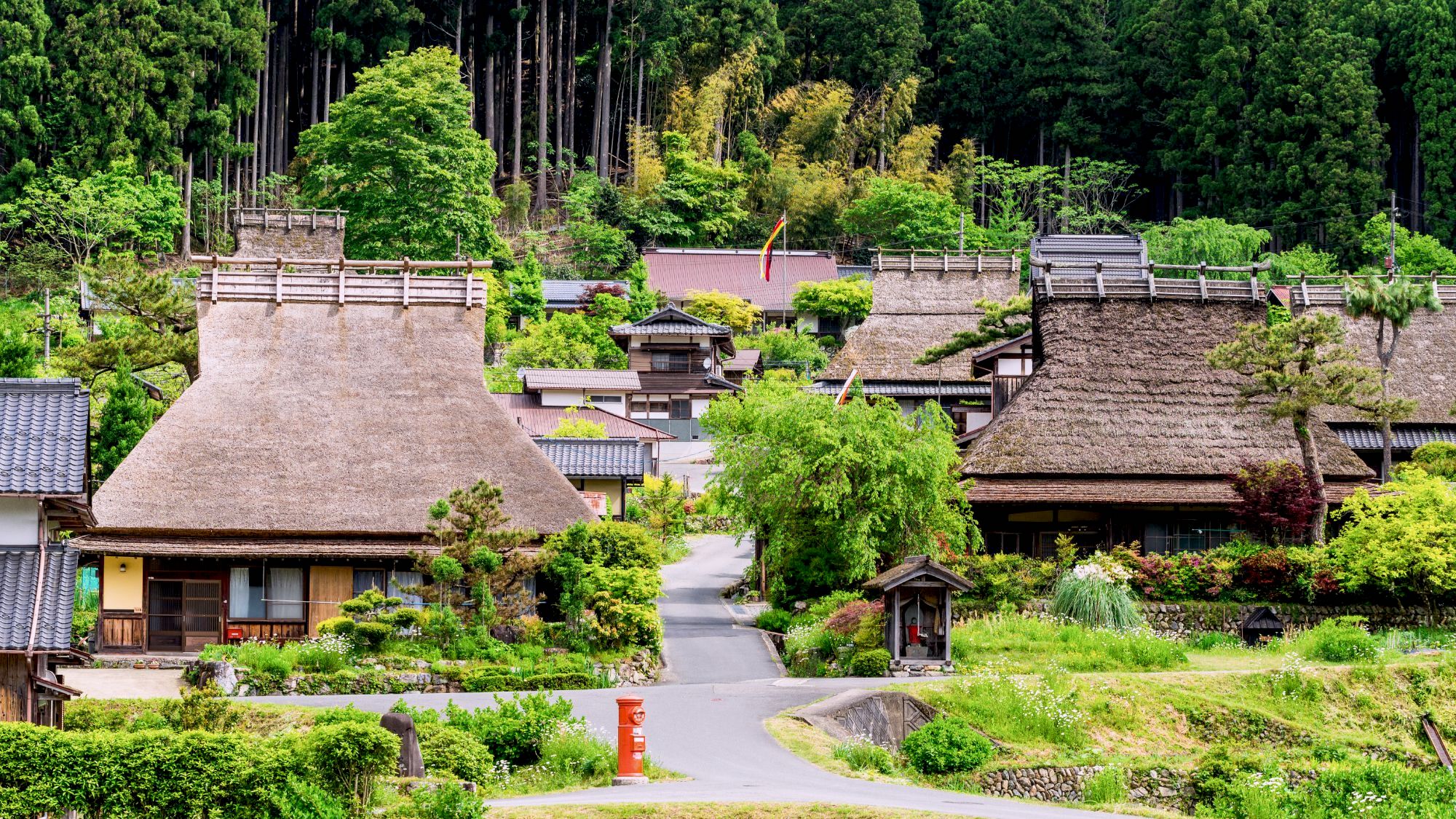
Escape the crowds & head towards the cooler mountain villages. Did you know that Kyoto city also has a traditional farmhouse village tucked away in the mountains? The area is known as Miyama Kayabuki No Sato, and the village is know for the kayabuki thatched-roof farmhouses!
This village is over 200 years old and while most of the houses are residential units that aren’t open to tourists, it does provide a fascinating look into what life is like in a traditional Japanese village.
And what would a Japanese village be without its annual summer festival?
After a fire burned down the museum a series of sprinklers and water hoses were installed throughout the town that is disguised as small huts.
Twice a year in May and December they test the sprinklers by turning them on and spraying water all over the town. This naturally attracted tourists and now the village of Miyama Kayabuki No Sato is proudly home to the Kayabuki no Sato Water Hose Festival.
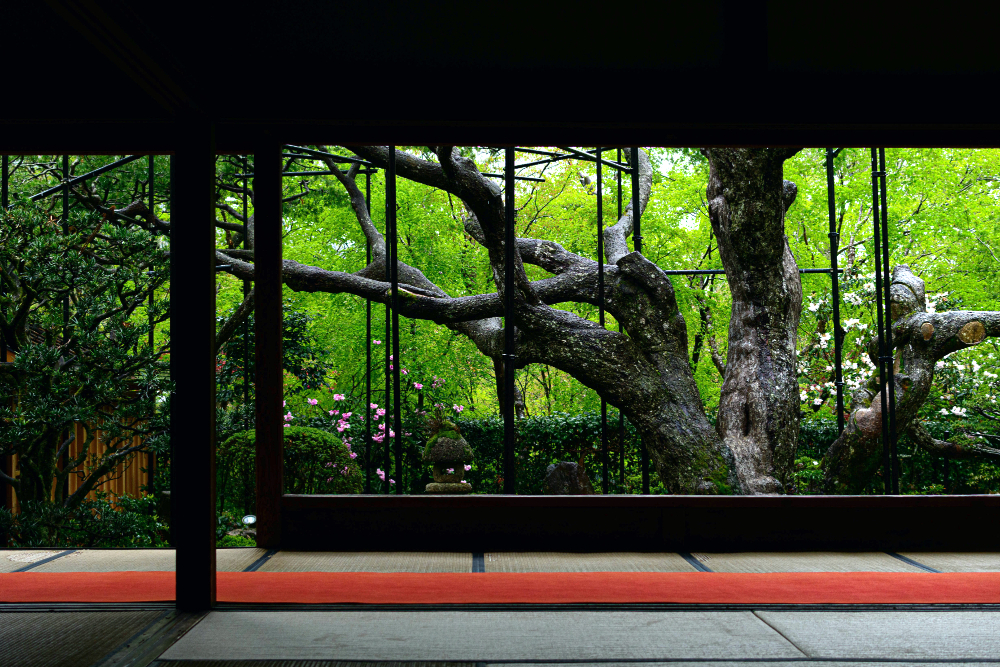
If you are interested in Buddhism and temples, a visit to Ohara Sanzenin Temple and Ohara Hosen-in Temple is a must.
The Sanzenin Temple was founded in 804 by the monk Saicho who introduced Tendai Buddhism to Japan and is one of only a few temples whose head priests used to be members of the Imperial family.
Visitors can scroll through its many beautiful moss gardens where you will see the Ojo Gokuraku-in Hall, which is home to the statue of Amida Buddha, Sanzenin’s most valued treasure.
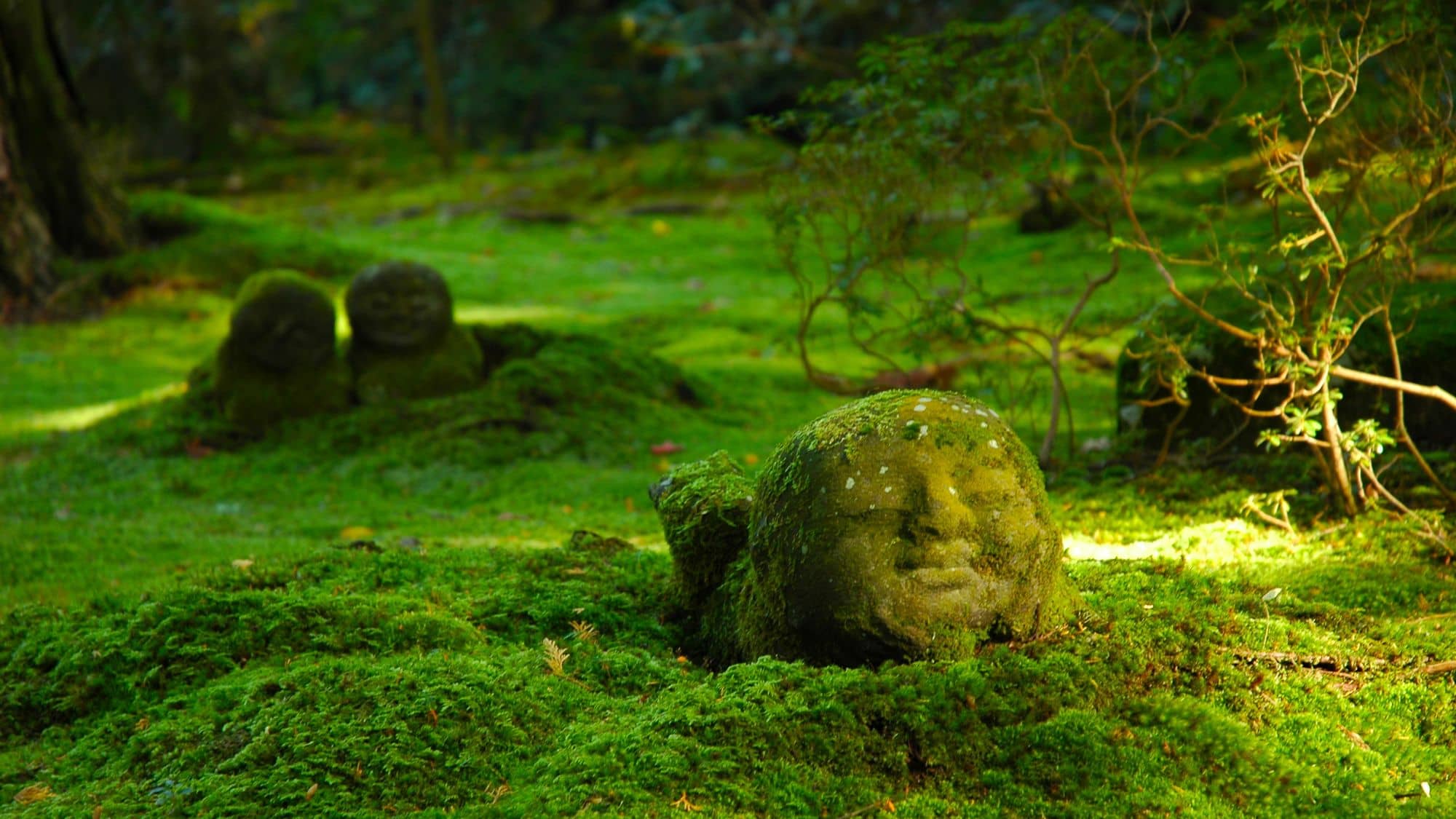
Hosen-in Temple, on the other hand, is known for its rather gruesome history as one of several blood ceiling temples that are found in Kyoto.
Legend has it that the temple was home to two warring daimyo or warlords who were battling it out for control of the area. During the battle, some of the warriors had retreated into the temple, and when defeat was imminent rather than be captured they all committed seppuku or ritual suicide.
The blood-stained floorboards were preserved to honor this loyal act and used in the construction of the ceilings of other temples in the area.
Both temples are well known for their beautiful gardens and peaceful atmosphere and are great places to learn about the history and culture of Buddhism in Japan.
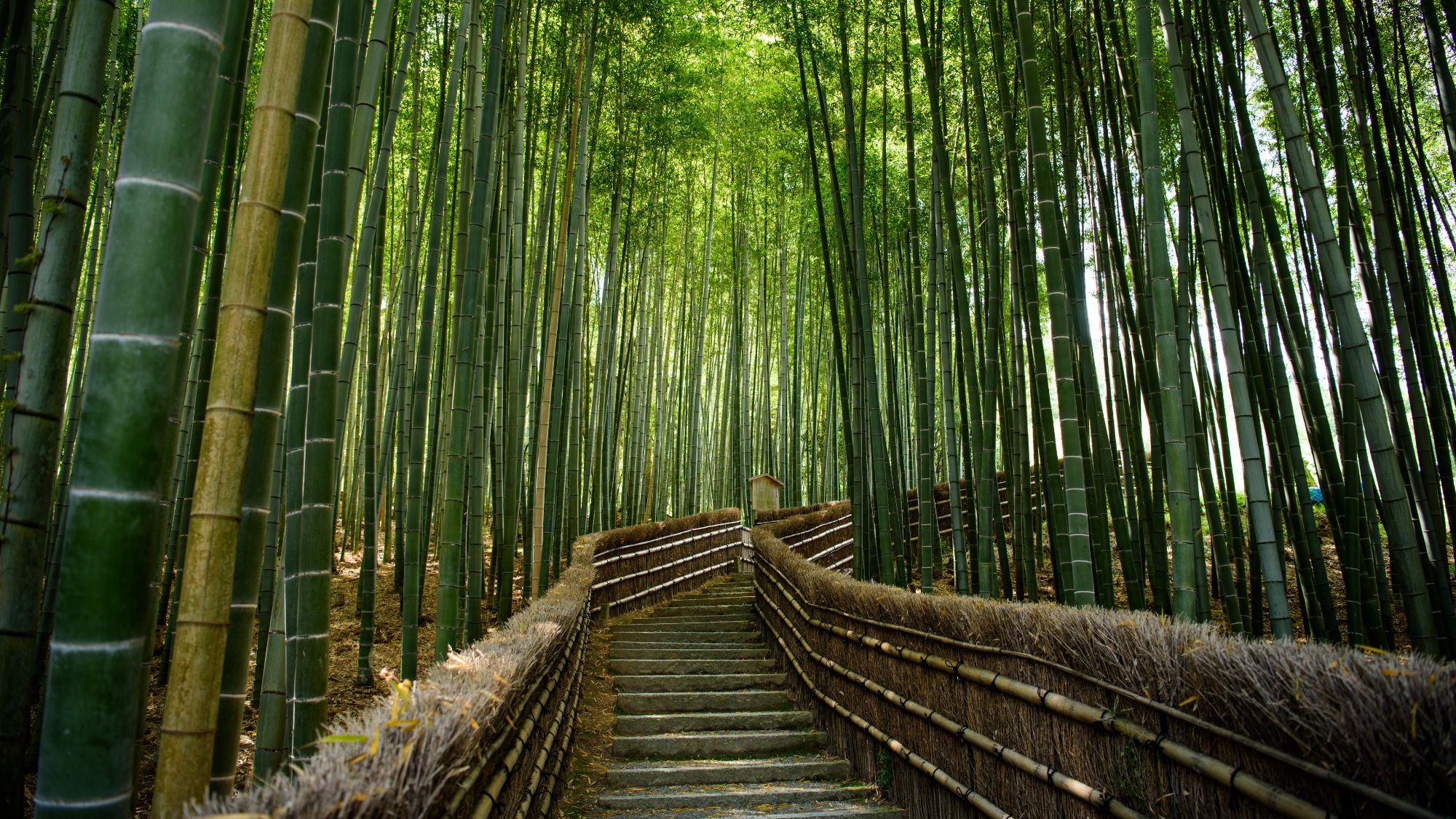
One of the most Instagrammed spots in Kyoto is the famous Sagano Arashiyama Bamboo Forest.
The forest, which spans over 16 square kilometers, is home to thousands of tall and slender bamboo trees that sway in the wind, creating a serene and peaceful atmosphere. You can walk along the forest’s winding paths, taking in the sights and sounds of the bamboo as it rustles in the breeze.
The Sagano Arashiyama Bamboo Forest is also home to several temples and shrines, including the Nonomiya Shrine, which is dedicated to the goddess of bamboo.
A visit to the Sagano Arashiyama Bamboo Forest is an unforgettable experience that should not be missed while visiting Kyoto. The natural beauty and serenity of the forest, combined with its cultural and historical significance, make it a must-see destination for any visitor to Kyoto.
Make your trip a truly local experience, and go where the locals go. If you're wondering where the locals go to eat when hanging out with family, celebrating with friends, stopping by for an after work drink... look no further.
Machiya Locals Website
